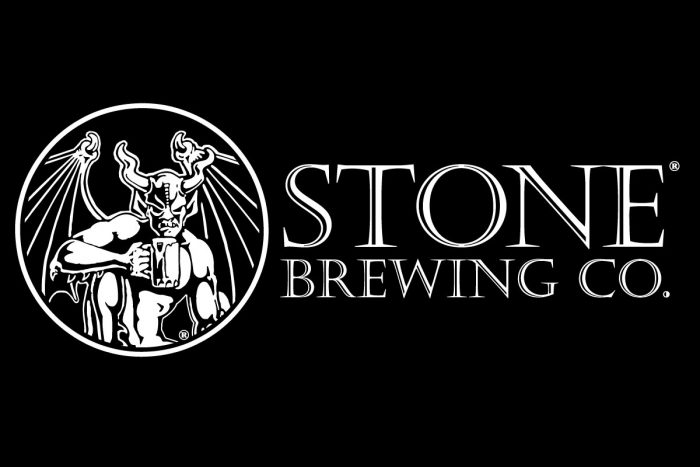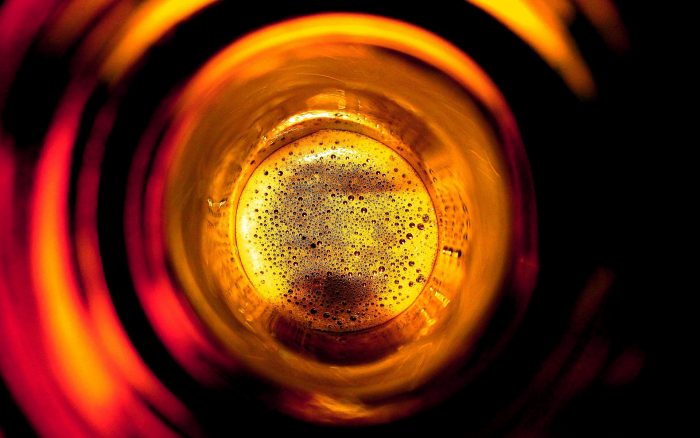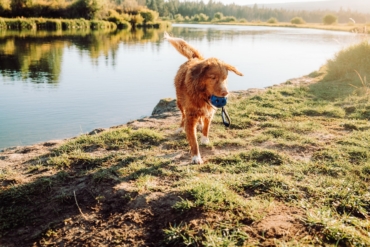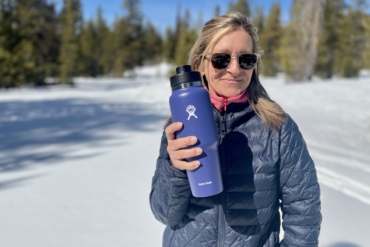Flush it down the toilet, then fire it down the hatch. Stone Brewery uses treated wastewater as the base for its newest IPA.
Last week the nation’s ninth-largest brewery unveiled a bold concoction that could represent the future of beer brewing: recycled water. With the city’s mayor in attendance, San Diego’s Stone Brewery released five barrels (155 gallons) of its Full Circle IPA.
“It is fantastic,” Mayor Kevin Faulconer told the curious crowd at the release. Though the concept was tried before, Stone’s Full Circle IPA marks the first large-scale brewery release to use recycled sewer water.
Stone Brewing Full Circle IPA
The three-malt, three-hop pale ale represents the advances of the Pure Water San Diego program, the ambitious municipal initiative to fulfill fully a third of the city’s water needs with recycled water.
“It’s among the best pale ales that I’ve made, it’s probably in the top three,” Steve Gonzalez, Stone Brewing Senior Manager of Brewing, told KGTV at the event.
According to Gonzalez, the brew has notes of caramel and tropical fruit notes.
For now, Full Circle IPA is all gone, to be returned to the toilet bowls from whence it came. But the brewery hopes to create a national release as the Pure Water program ramps up.
Pure Water San Diego
Stone Brewing sought to leverage the $3 billion Pure Water program following the extreme drought in California. At present, San Diego imports 85 percent of its water from the Colorado River and the Northern California Bay Delta.
Water treatment facilities are now in the works. Each will process wastewater through a series of purification steps: ozonation, biological activated carbon filters, membrane filtration, reverse osmosis, and ultraviolet disinfection.
The process renders sewer water fit for consumption.
Beginning in 2021 the city will start recycling around 8 percent of water and adding it to the municipal supply. This could be as much as 30 million gallons per day. And by 2035 at program’s end, the city aims to use around 53 million gallons of clean, recycled water each day.
That could translate into a lot more bathroom brews hitting taps.









